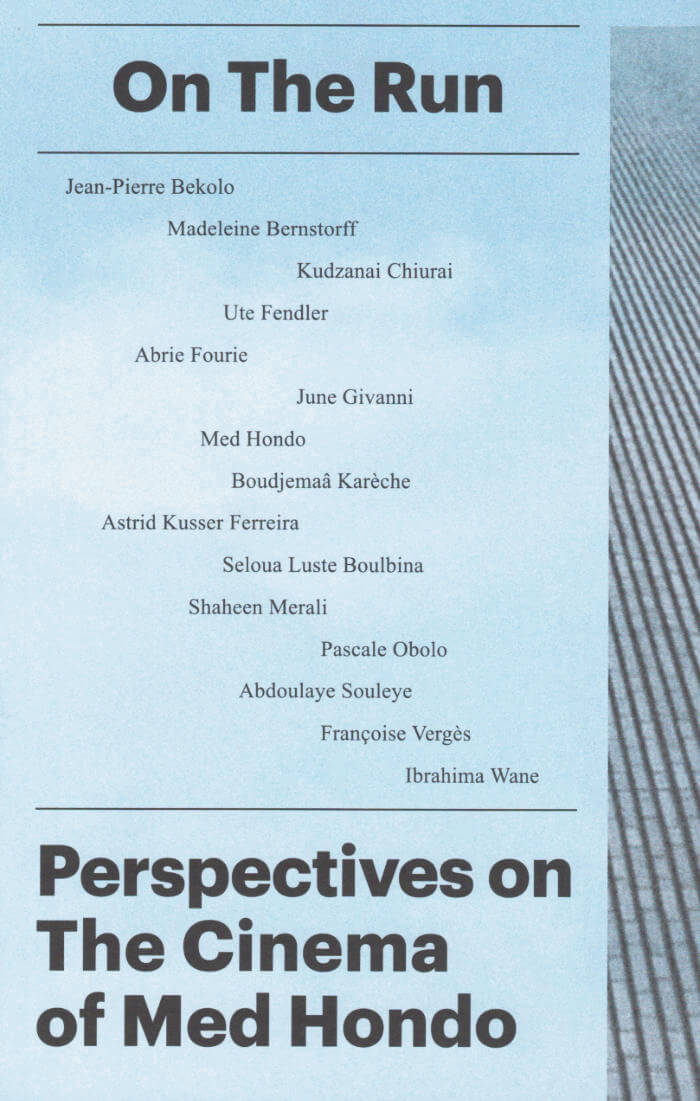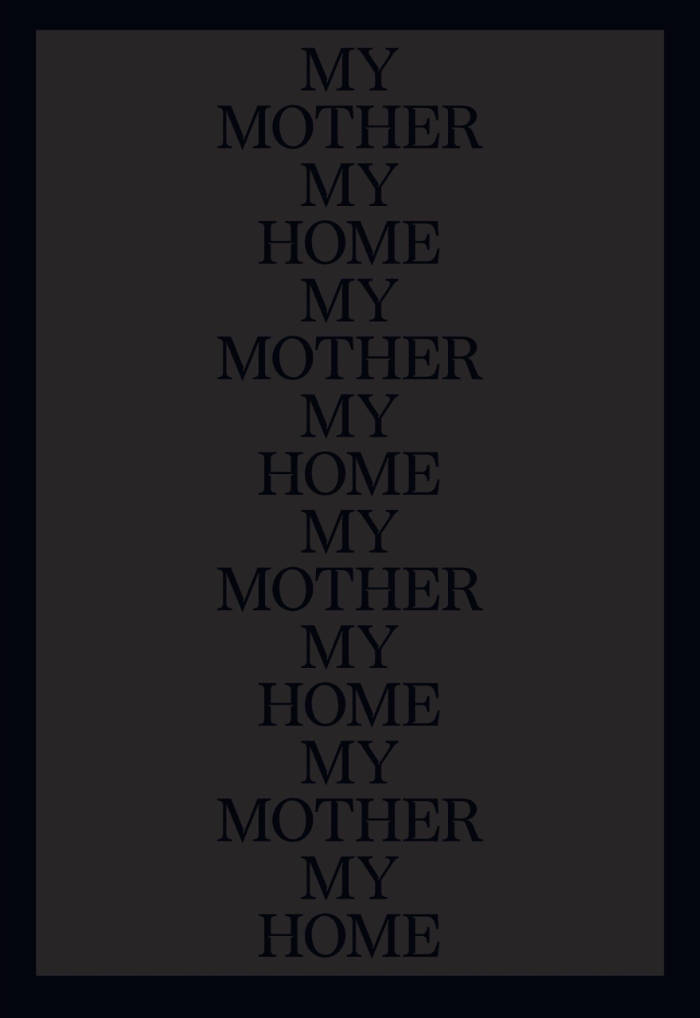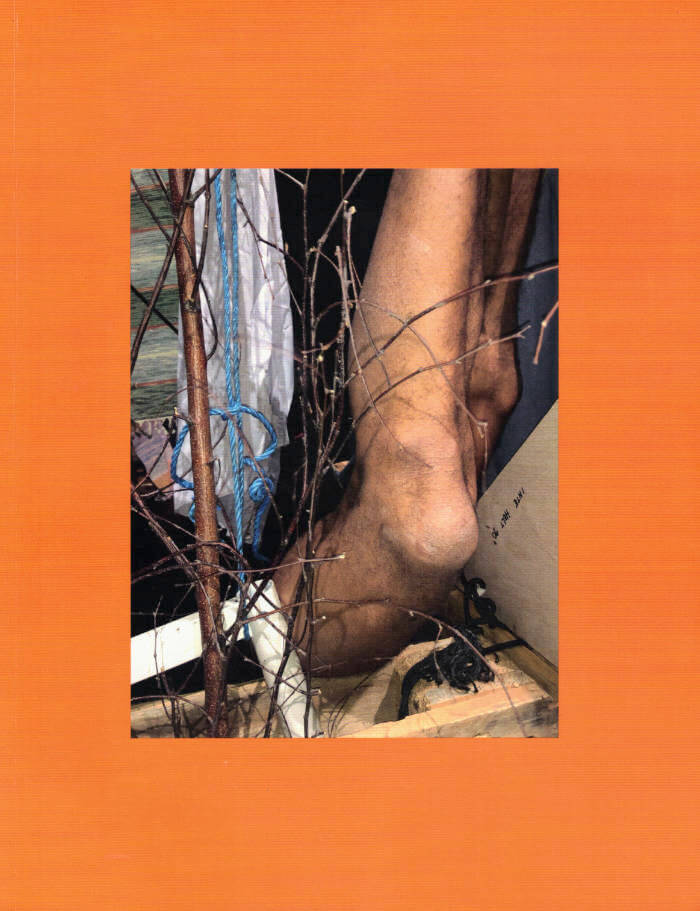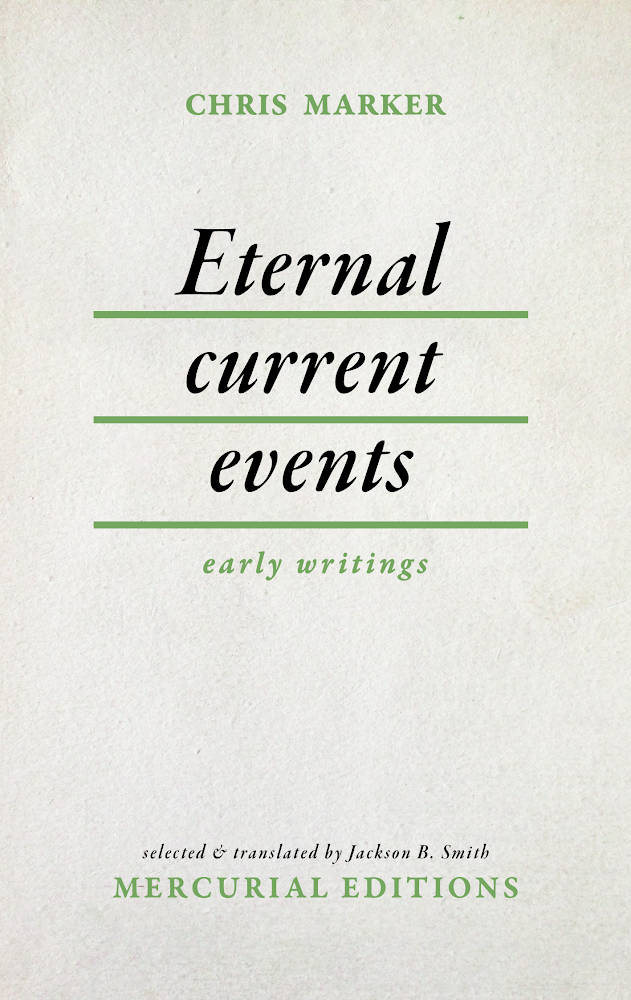
On the Run – Perspectives on the Cinema of Med Hondo
A tribute.
A pioneer of African cinema and author of an uncompromising, strong and diverse oeuvre, we have come to know and appreciate Med Hondo over the decades as one who simultaneously gazes, belligerently and attentively, sharply, passionately and ironically, deep into the past, precisely at the present, but also far into the future. On the Run, Perspectives on the Cinema of Med Hondo features contributions that pay tribute to Med Hondo's films. This publication examines Hondo's work, which is often focused on the production of history and its practice from an African perspective, taking into account the temporality of the narratives in his work.
Contributions by Jean-Pierre Bekolo, Madeleine Bernstorff, Kudzanai Chiurai, Ute Fendler, Abrie Fourie, June Givanni, Med Hondo, Boudjemaâ Karèche, Astrid Kusser Ferreira, Seloua Luste Boulbina, Shaheen Merali, Pascale Obolo, Abdoulaye Souleye, Françoise Vergès, Ibrahima Wane.
Language: English







